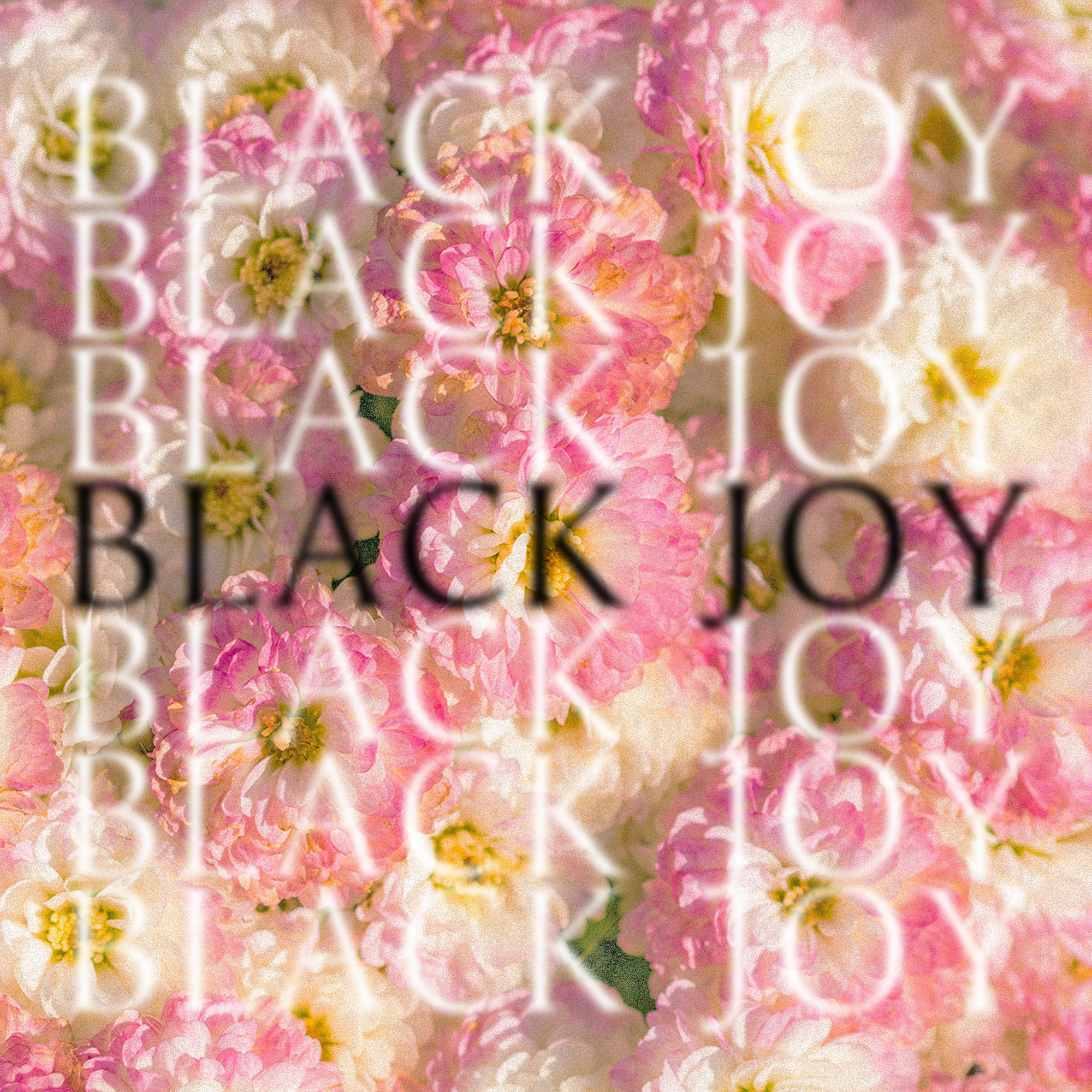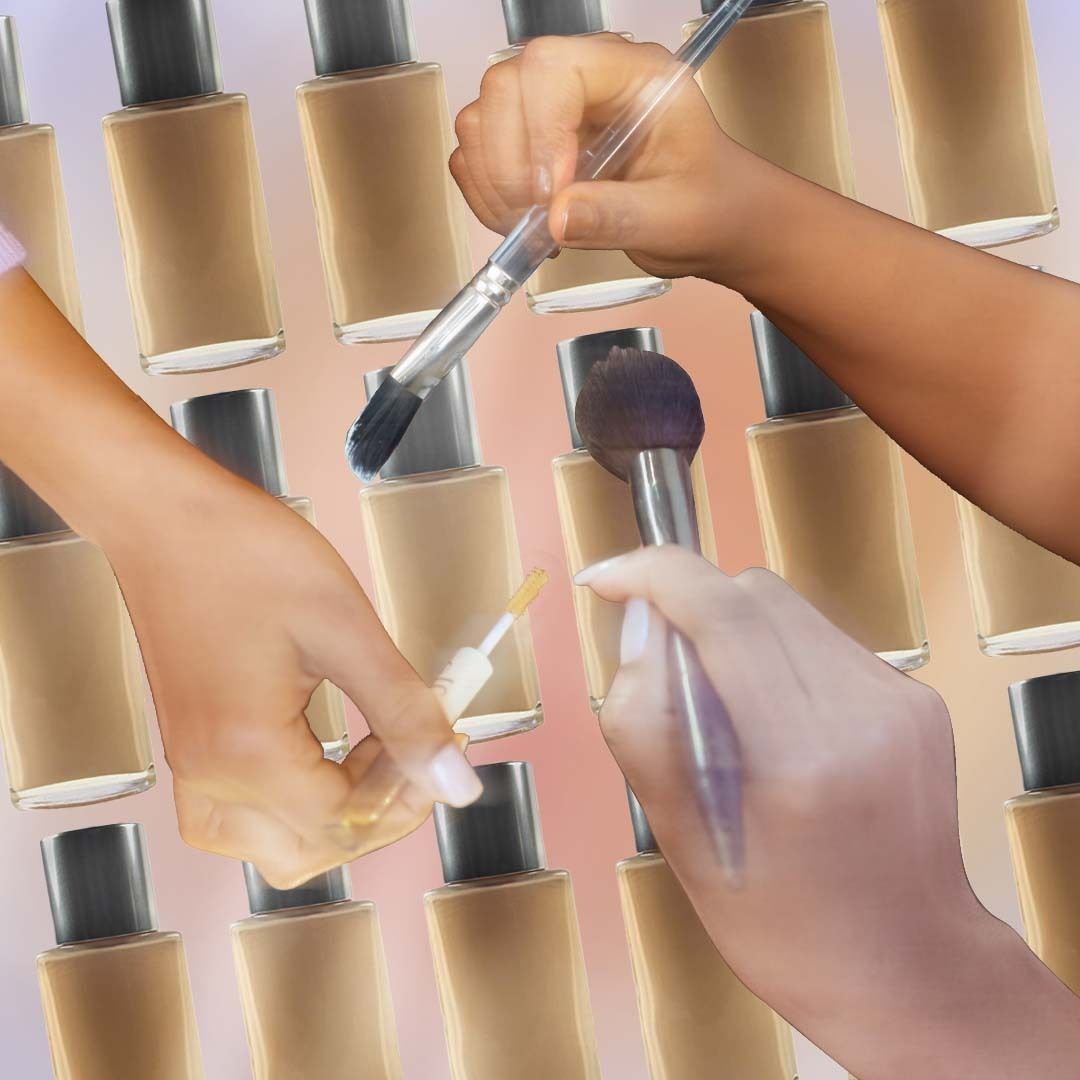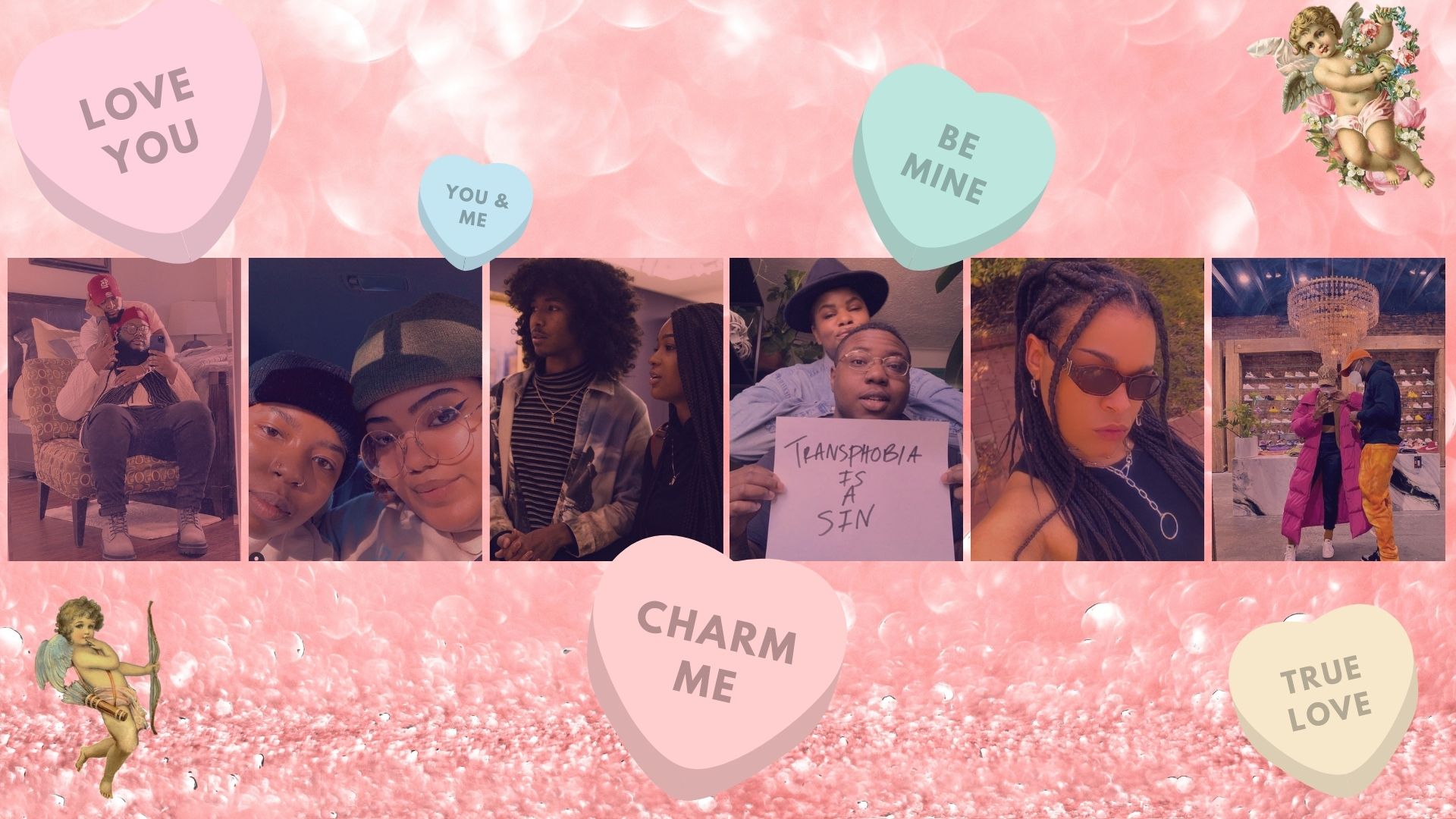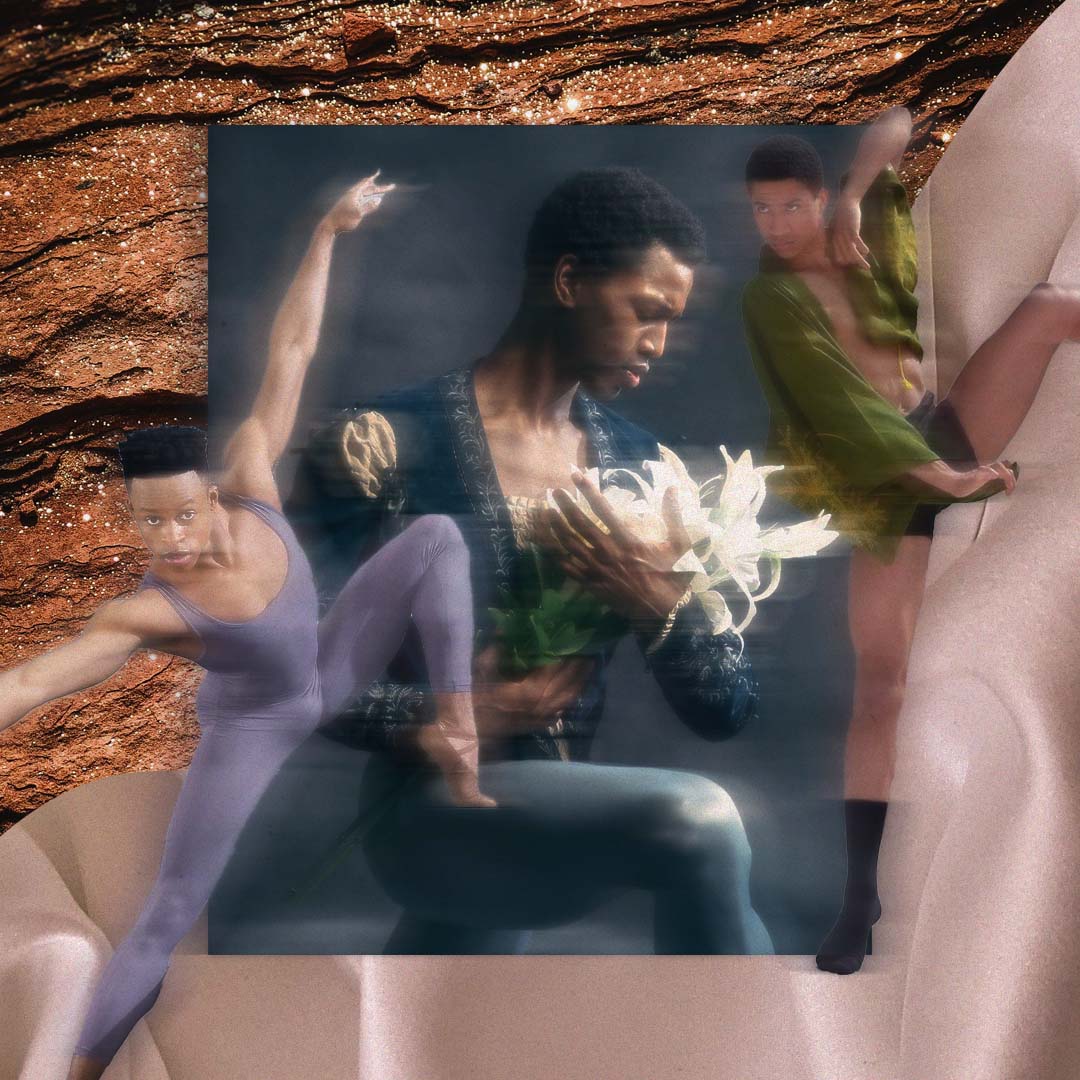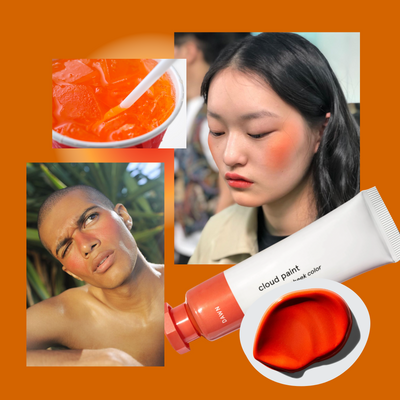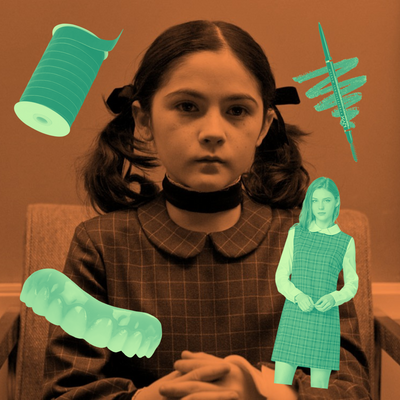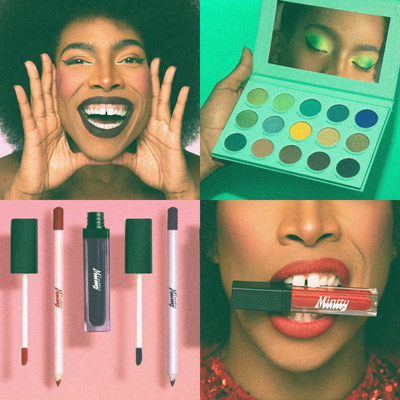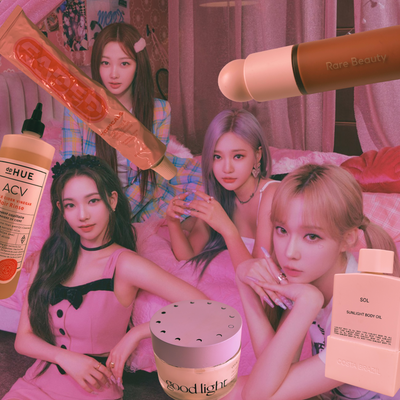Ballet is old. Like, really old.
At over 500 years old, it is a certifiably old thing. And, as is the case with most old things, it hasn’t always given space to all people.
Let me offer a little unsolicited history lesson: Ballet originated during the Italian Renaissance, all the way back in the 15th century. From there, it spread to France, then across the globe, onto Russia, and eventually to the United States in the mid-1800s.
It wouldn’t be until five centuries after its inception that this art form diversified. In 1955, Raven Wilkinson became the first Black dancer in a major classical ballet company. In 1990, Lauren Anderson became the first Black ballerina named Principal Dancer at the Houston Ballet. In 2015, Misty Copeland became the first Black woman to be a Principal Dancer at the American Ballet Theatre.
Clearly, ballet has been slow to change. Times are changing, though, and these three ballet dancers are proving it.
Melvin Lawovi
Member of the Quarter Ballet at the American Ballet Theatre
@melvinlawovi
📍 New York, NY
From: Toulouse, France
Melvin started ballet at the tender age of three, back home in France. He tells the story to me as his mom told it to him.
“People, most of the time, don’t believe me,” he says.
In front of his kindergarten, there was a dance studio with huge glass walls, so if you stood inside, you could see everything happening. One day after school, Melvin ran across the street, entered the studio, and just stood there. Watching, waiting. And so it began.
Ballet, like all things, comes with good days and bad days, but the feeling of being onstage drives Melvin. He gets to do what he loves every day, and that’s something special.
To Melvin, beauty is a spectrum. He used to consider it a plastic, fake sort of thing. He knows now that it comes from within. It’s similar to his inspiration for dance in that he finds it in anything and everything.
“It could be coming from a yellow taxi passing in front of me or a woman wearing a bright green fur jacket,” he says.
The moments when he feels the most beautiful are when he feels most confident. When he feels good, when he’s dressed up, and when he takes care of himself. Those are the moments when he’s at his best.
When he first joined the company, he remembers a piece where he only stood on the stage. He didn’t move. He didn’t dance. He just stood on a staircase in a beautiful costume. Despite the lack of movement, he recalls feeling incredibly captivating. The costuming had balanced out the fact that he wasn’t dancing.
Just as beauty and inspiration work in spectrums for Melvin, so does masculinity.
“I had to learn what masculinity is for myself,” he says.
If we’re talking stereotypical masculinity, ballet isn’t what many people think of first. Melvin had never wanted to be that idea of masculinity, anyway. Ballet had reinforced the notion that he could be delicate and strong at the same time, and that was still masculine.
“For me, whether it's masculinity or femininity, as long as you’re confident in your own skin, then people feel it,” Melvin says.
He hopes to see more inclusivity in ballet and a support system for dancers in the future. Professional dance can be mentally and physically exhausting, and because of the culture of ballet, dancers often don’t feel welcome to speak up. They need a safe space to do that within their companies.
He also hopes that ballet continues to thrive. It’s an old art form, and, as we’ve acknowledged, older things usually come with a problematic side. Melvin fears that ballet will disappear. With younger generations, there’s often a desire to start from scratch, but ballet doesn’t need to disappear. It has bad parts, of course, but it’s not all bad. It’s still art.
Naazir Muhammad
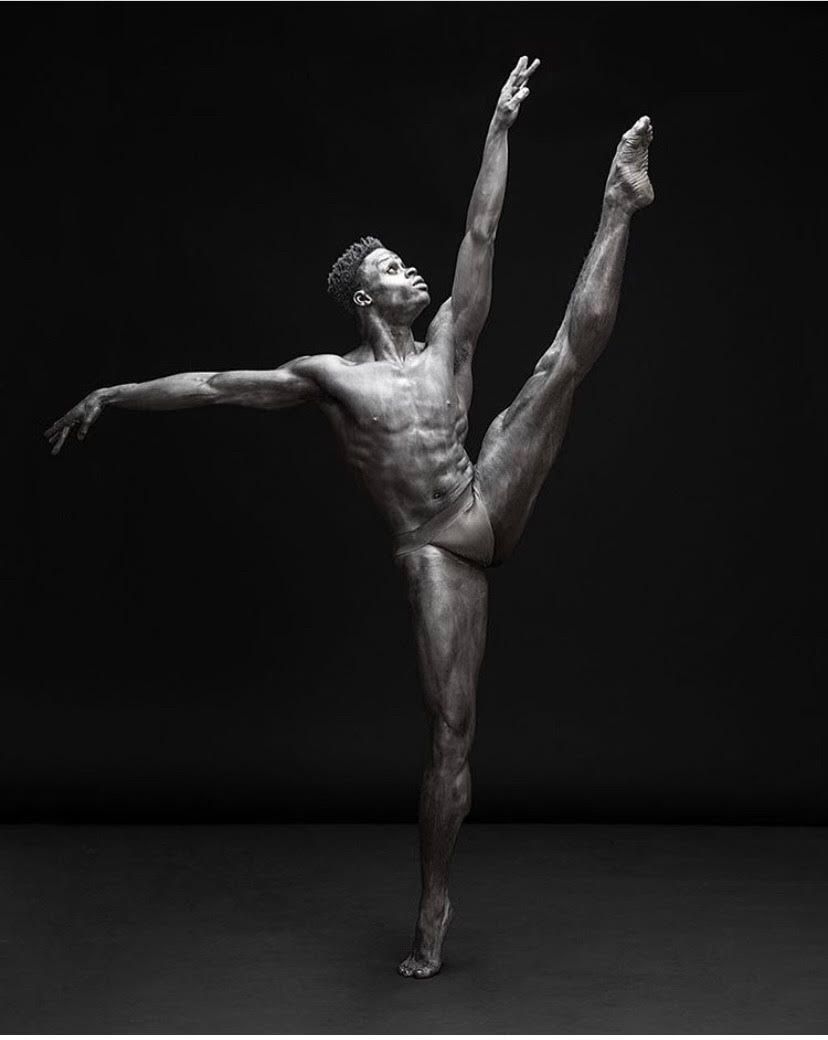
Demi-soloist with the Houston Ballet
@naazirmuhammad
📍 Houston, TX
From: Brooklyn, NY
A woman named Lynn Parkerson came to Naazir’s school when he was six years old. She worked for an educational outreach program that wanted to spread ballet to underrepresented communities.
Now, he’s been dancing professionally for five years since he joined Houston in 2017 and has been a professional in training for about 18 years
“You know,” he says, “at first, I didn’t really like it.”
They didn’t have any male teachers at the program. He didn’t have any real examples of who he could be. At the end of the two months, there was a recital, and after the kids performed, the company took the stage. That’s when he saw the men. Dancing, jumping, lifting women. It was cool. His thinking changed.
The first time he remembers being called beautiful, he didn’t understand. He and his twin brother (Shaakir Muhammad, another wildly talented ballet dancer) were around eight years old and in the Dominican Republic for a Nutcracker performance. A woman said something to the two of them in Spanish that he didn’t understand. He asked his teacher what it meant, and she’d translated. She’d called him beautiful.
He didn’t know what to say. He’d been confused.
He remembers thinking, ‘boys can’t be beautiful.’
“It’s funny how stuff like that is ingrained in us,” he says now.
Ballet kept him open-minded to what beauty means, and so his relationship with the word ‘beautiful’ has changed. It’s just being your authentic self, he says. “Why try to be someone else when there’s only one you, right?”
He used to struggle with his identity in ballet, he tells VGL. He’d felt misunderstood. Since he came from a different place, he felt people couldn’t understand him fully.
“I used to always get that question: how do you feel being Black in a ballet class?” he says. “They always asked us that when I was younger, and I’d be like, what kind of question is that? Why should I feel different? But it made me feel different because everyone was always pointing it out.”
Now, he feels like he’s being true to himself.
“I’m still the same kid from Brooklyn who just loves ballet,” he says.
He expresses his joy through his dance because, in the past, people have made it seem like it’s not meant for him. As a straight Black man, he’s part of a small demographic of ballet dancers, but he finds joy in taking his place there.
“It doesn’t matter what anyone thinks,” he says. “No one’s going to think you’re feminine for doing it, and if they do, then whatever.”
He hopes to see dancers, and artists in general, get more respect in the future.
“Pay artists,” he says. “Pay them; they deserve it. Without art, the world is nothing. The whole world is art.”
Calvin Royal III
Principal Dancer with the American Ballet Theatre
@calvinroyaliii
📍New York, NY
From: Tampa, Florida
When he was around nine years old and living in Florida, Calvin auditioned for a local community project called “The Chocolate Nutcracker.” After getting in, he was introduced to West African dance, hip hop, and jazz for the first time.
Ballet came later.
It wasn’t until he got into the performing arts high school near him that he had his first-ever real, structured, codified ballet class. It took an hour and a half every day on the bus to get to the school, and his ballet class was at seven every morning. After his first year, he felt like it was too much.
“Starting at 14 was starting at ground zero,” he says.
With some encouragement from his teachers, he continued with a summer program in Philadelphia. He decided he wanted to see how far he could go with ballet. Turns out, Principal Dancer for the ABT is how far.
To him, ballet is about storytelling. “It’s more than just doing the steps, he says. “It’s more than the classes. It’s more than all of that.”
Dancers communicate everything without words. Calvin loves that. The ability to share a story through a glance at a partner or the way they turn away from someone is fascinating. For him, storytelling itself is a facet of beauty.
“As a storyteller, beauty could be the way you shape a phrase of movement, or how you really throw yourself with abandon and trust and waiting for your partner to jump into your arms,” Calvin says. “Those moments of suspension or connection.”
Beauty is found even in imperfections, he says. It can’t be defined one way, and it’s different for everyone.
In the same way, when he thinks of masculinity, he doesn’t only think of strength and power. He says it’s a dual role — having strength, but also being capable of surrender.
“It’s almost like taking an exhale,” he says, which is probably my favorite way anyone has ever described anything. Just like beauty, masculinity is about finding your own place.
All of the experiences he’s had as a dancer, from starting late (rare) to overcoming injuries (common), play a role in his experience as a whole. Every time he takes on a new character, he tries to incorporate his own experiences into the role.
In 2020, the ABT did its first-ever pas de deux (a ballet duet featuring two dancers, historically male and female) that explored themes of love and lust between two men: Touché.
“It was the first time that I had ever developed a character in a ballet that was so closely tied to my own experiences of the fear and shame of coming out to the world,” Calvin tells Very Good Light.
He hopes that ballet continues down this path of embracing people. He hopes we continue seeing iconic works performed, but he also hopes to see stories on the stage that haven’t always been shared. Maybe something entirely new. He’d love to see a fully queer ballet, he says. And, really, wouldn’t we all?
According to them all, ballet is changing. Conversations are happening, and inclusion is a bigger priority than ever before.
Ballet has set standards, but they’re evolving. Inclusivity is still a major topic, and many major companies are working to create systems that include all people. They’re discussing the colors of tights, stage lighting, and generally how to evolve the existing system into the modern day.
It may be late, and it may be slow. But, if we are to believe that good things take time, this art form — six centuries in the making — could just be evolving into something great.
READ MORE LIKE THIS
